Artisan Bread Update and a Bread Cloche Giveaway!
 May 27, 2015
May 27, 2015 
In all the years of writing this blog, the most popular post ever has been the one I wrote about No-Knead Artisan Bread. This method, popularized by Zoe Francois and Jeffrey Hertzberg, revolutionized homemade bread baking. Instead of making up a batch of dough every time you want to bake bread, you make up a large batch of very wet dough and let it do a long, cold fermentation in the refrigerator - no kneading, no fuss. You can store the dough in the fridge for up to two weeks, tear a hunk of dough off and make bread whenever you feel like it. A variation of this method was also developed by Jim Lahey of the Sullivan Street Bakery. Suddenly, it seemed, everyone was making homemade bread with these methods. In the five years since I wrote that post, I've learned a few things and tweaked the recipe a little. I thought it was time to do an update.
Zoe and Jeffrey's approach is to make a very wet dough, let it rise and then let it sit overnight in the fridge. You then shape a piece of the dough, let it rise and then bake it on a pizza stone in the oven. They liked to place a cup of water into a pan beneath the rack with the bread, creating a little steam for the crust. In Jim Lahey's version, a smaller batch of wet dough is worked up and allowed to rise about 18 hours then wrapped in a towel to rise again and baked in a heavy cast iron or ceramic pot. Both methods are terrific. I like making up a larger batch of dough so I can keep it in the fridge and just make bread or rolls whenever I want. I was baking my bread on a pizza stone but then tried Lahey's version of baking it in my Le Creuset pot. I really liked doing it this way and that's how I've been doing it for a while.
Right around the same time as I was thinking I should write an update to my old post, Emerson Creek Pottery sent me a Bread Cloche to try out. Now, since I was pretty happy with baking my bread in my Le Creuset pot, I was sceptical that baking the bread in this cloche was going to make any difference, but I tried it anyway. What a surprise! Both my husband and I noticed the difference in the crust. I'm not sure what exactly is happening here, but I love the result. The Bread Cloche is my new favorite thing and Emerson Creek Pottery has agreed to give one away to a lucky reader. If you want a chance to win one of these, just leave a comment at the end of this post and a winner will be selected randomly by Wednesday, June 10th.
(This contest is now closed) Congratulations to Joann Heremma for winning!
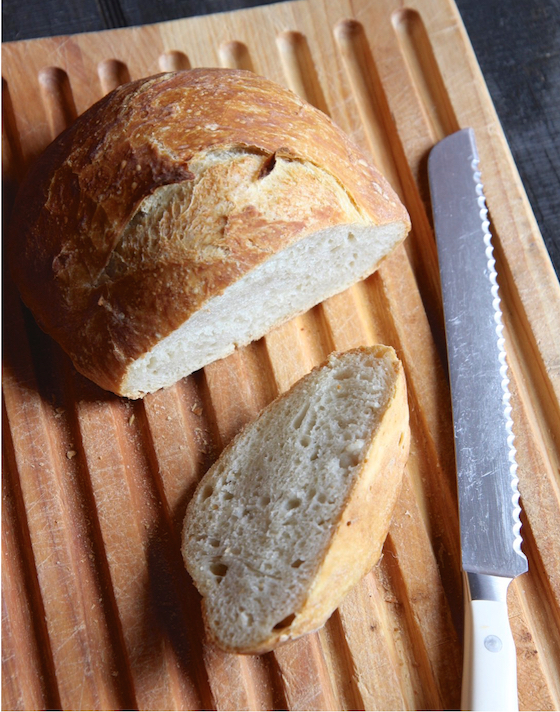
I've made hundreds of loaves of this Artisan bread and have changed a couple of things. For one, I do not do the water in the pan beneath the bread anymore. I'm pretty sure this led to my oven window eventually cracking and having to be replaced. The crust was better with the steam but it was okay without it. With the Bread Cloche, though, the crust is so amazing that I don't miss the steam at all. If you are pretty sure you are never going to buy a Bread Cloche, please go ahead and try the bread in a dutch oven kind of pot. It does make a big difference.
Another change is that sometimes I don't bother to slash the top of the loaf. I've found that I still get a pretty good looking loaf, especially in the Bread Cloche. I am also baking the loaf a little longer - until it is a deeper color than I used to. The texture of the bread is better and I have less problem with it being gummy.
This recipe is my version with these changes. If you haven't tried making homemade bread, you really should - it's hassle free, cheap as can be, and the results are outstanding. And the Bread Cloche is a big plus - you're going to want one! Just leave a comment at the end of the post to have a chance to win one! Be sure to include your e-mail so you can be notified if you win. Giveaway ends at midnight, June 9th - A winner will be picked randomly on Wednesday, June 10th.
(This contest is now closed)
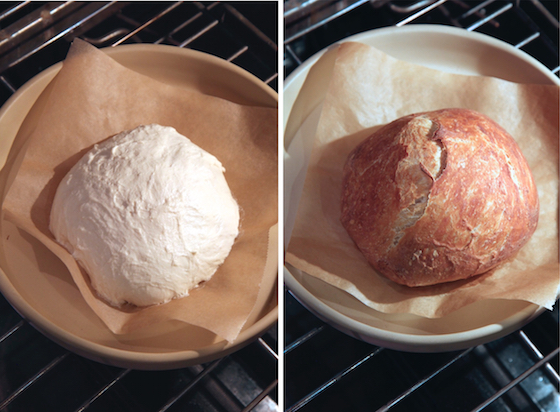
Artisan Homemade Bread
for a printer friendly recipe click here
makes 4 - 5 small loaves (you can also make rolls easily with this bread).
● I use a plastic container with a small hole punched in the lid to store the dough. If you don't have one, you can use a very large bowl with plastic wrap and a hole punched in the wrap. But if you're going to make dough on a regular basis, I would buy a dedicated plastic container. If you want to know the container I use for my dough it's this 21-cup container from Rubbermaid. I love it because it doesn't take up make space in the fridge and most of the time I keep it in the door of the fridge, where it fits nicely.
● This dough is much more easy to work with if you let the dough rise all night, so I highly recommend making your batch of dough the day(s) before you want to use it. The dough actually develops more flavor the longer it sits in the fridge! You can keep the dough in the fridge for 2 weeks.
3 cups room temperature water
1½ Tablespoons instant yeast (instant yeast is awesome - no proofing is needed)
1½ Tablespoons kosher salt
6½ cups flour (I use half Bread Flour and half regular AP flour)
Place the water in a large bowl and add the yeast and whisk. Add the salt and whisk. Start adding the flour and blend until all the flour is incorporated (I use my KitchenAid mixer with the dough hook to do this). Transfer the dough to a plastic container with a small hole punched in the top to allow the gases to escape. Let rise for about two hours. I lift the container up and let it drop on the counter to collapse the dough inside. Then just stick it in the fridge all night.
When you want to bake bread, allow about an hour and half from start to finish. Here is the way I do it: I have divided this whole process into four 20 minute steps. Place a piece of baking parchment on your counter and tear off the amount of dough that you want. The great thing about this dough is that you can do exactly that - bake a very small loaf of bread or a large one. Shape the dough into a tight ball, placing your thumbs on top of the loaf and pulling them down and under the dough, creating a nice surface tension on the top. Place the dough on the parchment paper and let rise for 20 minutes. Place your Bread Cloche or a heavy cast iron pot with a lid in your oven and turn the oven to 450° F. to preheat. Continue to let the bread rise on the counter another 20 minutes.
After the dough has risen, open the oven door and carefully remove the lid from you Cloche or pot. Transfer the bread dough, along with the parchment paper, to the pot and place the lid back on. Bake for 20 minutes. Remove the lid and bake for another 20 minutes (this will depend on how large a batch of dough you are making) or just until the bread is a deep golden brown. Baking the bread until it is a deep color is the key to preventing a gummy interior.
Remove from the oven and allow to sit for at least 15 minutes before serving. Easy!
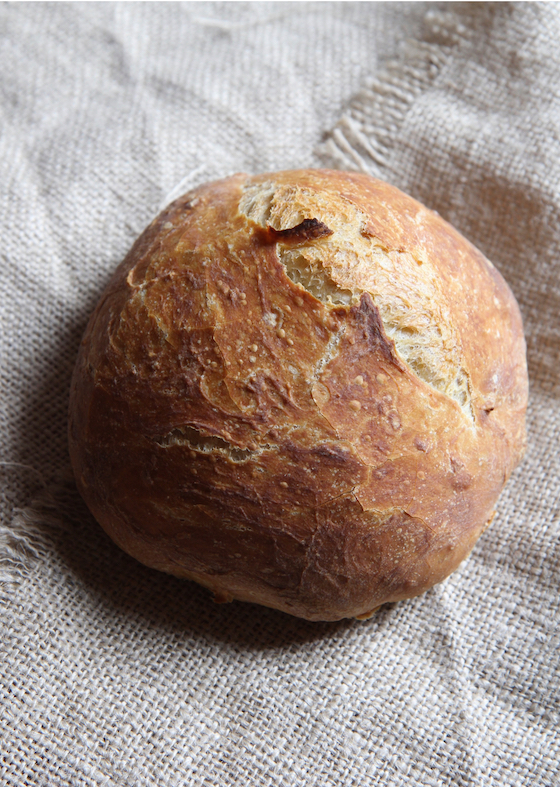
Giveaway ends at midnight, June 9th - Be sure to include your e-mail so you can be notified if you win - A winner will be picked randomly on Wednesday, June 10th.
(This contest is now closed)

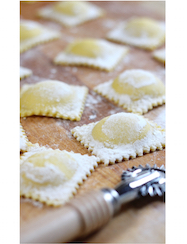
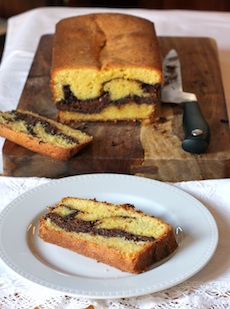

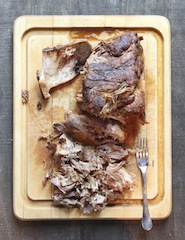
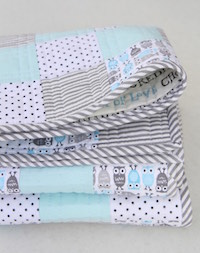


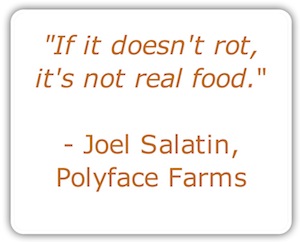

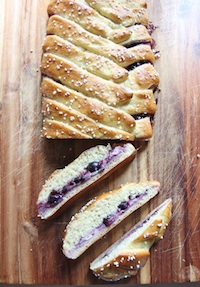
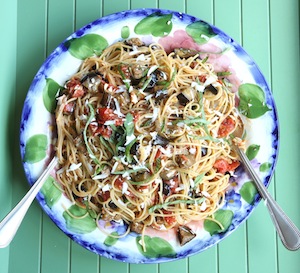
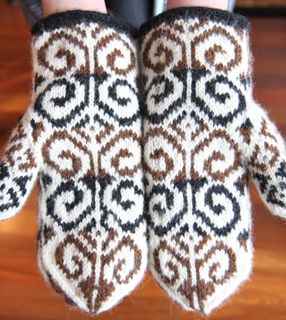
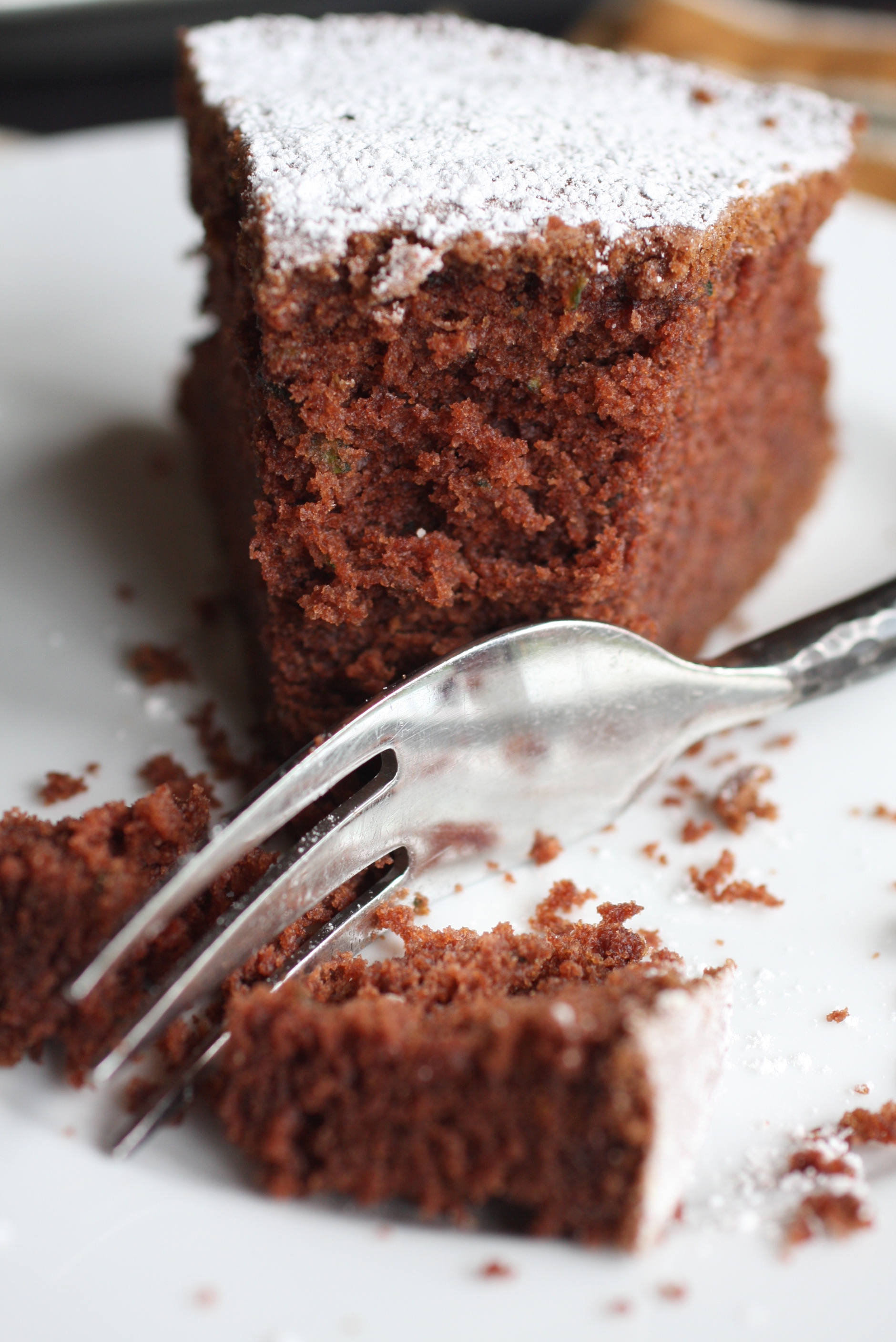



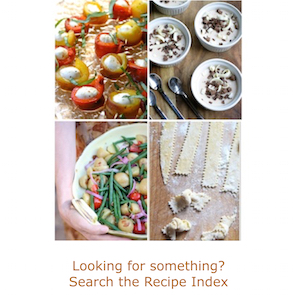
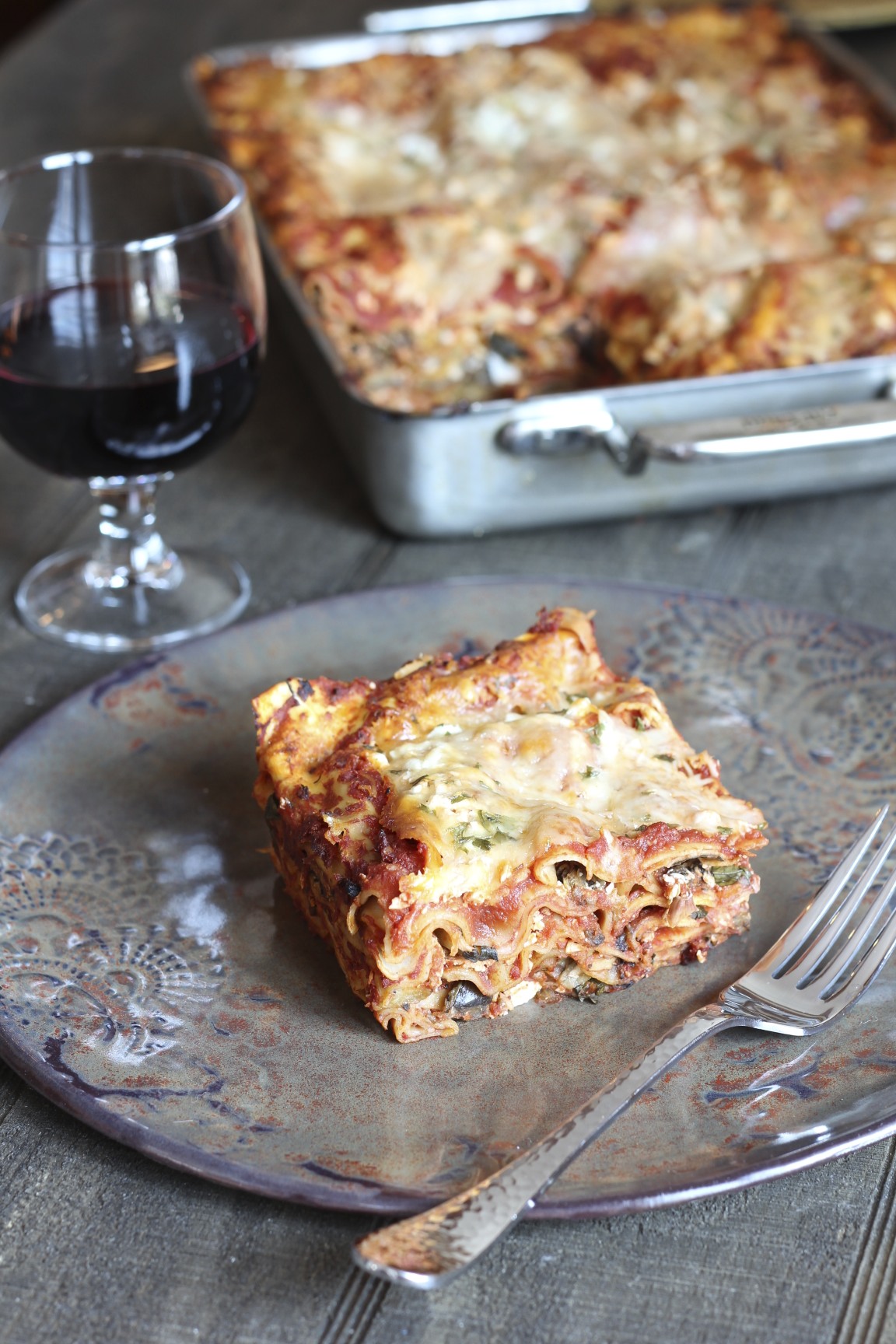
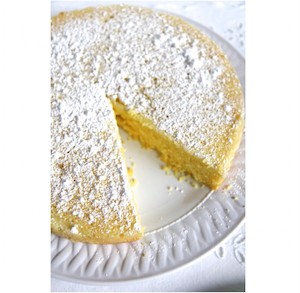
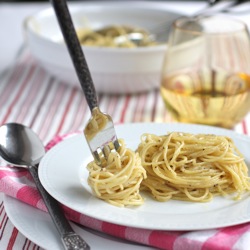

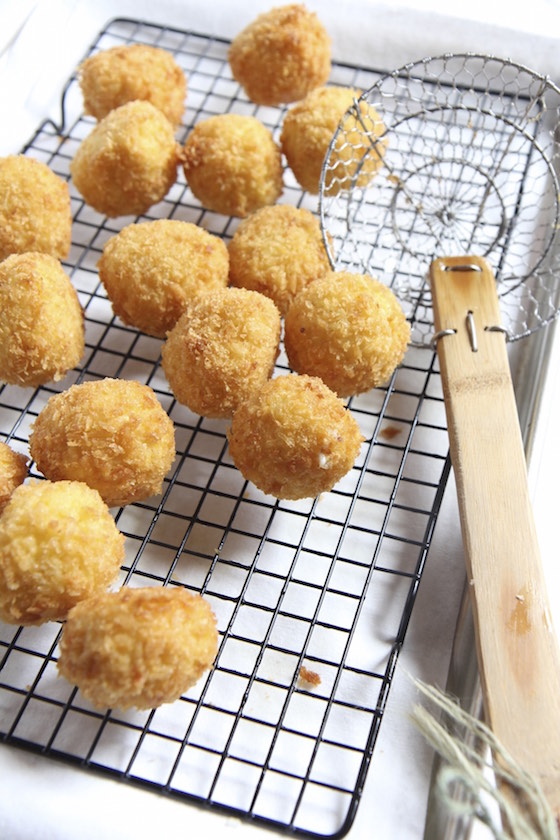



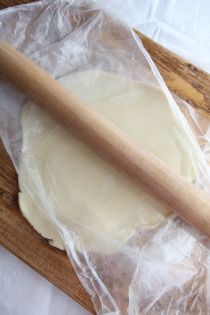

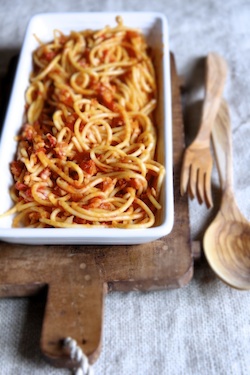


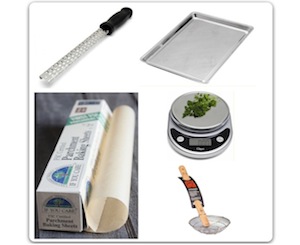








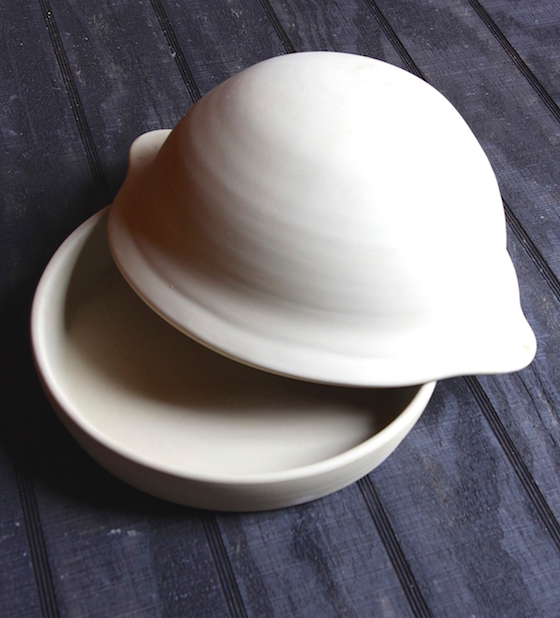

Reader Comments (442)
Since moving to a small village with little choice of produce we have baked non stop bread for the past 3 months and your Artisan Bread is the clear winner from all the loaves we have tried. We just love it and it's become our staple. Thank you.
Love baking bread and can't wait to try your version, Delicioso !!!
This bread cloche looks amazing! If I bake this bread recipe on Saturday will it be OK for Sunday? I would like to use it for canapés for my Mother's 80th birthday party July 5. I like your pix a lot!
This bread cloche looks amazing! If I bake this bread recipe on Saturday will it be OK for Sunday? I would like to use it for canapés for my Mother's 80th birthday party July 5. I like your pix a lot! Mike
I am looking so forward to testing my first bread making skills with this recipe!
I have been working with a homemade starter for about four years. Converted to a no kneed process about a year ago and like how much easier and faster it is. Cold fermentation is definitely the way to go for added flavor. Have used a lot of techniques and kitchen equipment to develop good crust, but would love to try a cloche. Thanks for the opportunity!
Mmmmmm……homemade bread!! Haven't attempted making any yet, but it looks so darn good!
We rarely buy bread anymore, and this basic recipe makes it into our rotation frequently. I'd love to win the cloche and see how it does with other bread recipes as well.
Such a great and versatile dough. Thank you.
Thank you
I can smell that wonderful aroma from here! I can't wait to try it and then serve it to guests! Thanks so much for the recipe and the chance at that cloche!!
I've been meaning to try this - it looks so yummy!
What a great giveaway! Thanks! I love making homemade bread.
Do you also have the bread ingredients in weight measurements? Thanks.
So who won the give away?
What a gorgeous looking bread! Perfection :)
wowww...Its Looking yummyyy !!!!
see more at - http://www.yolenis.us/en_us/recipes.html
Can we use baker yeast?
Ran into your site and bread recipe from an article on Buzzfeed. My allergies and food restrictions are ridiculous but my better half can eat anything. There are issues with bread going bad all the time... and this looks and sounds wonderful. From the method to the product. I hunted up the Emerson Creek Pottery Bread Cloche and will be ordering one. The idea of being able to keep dough for a few weeks and baking fresh as he needs is a priceless idea... Thank You.
I'd love to see a whole wheat no-knead bread recipe. Let me know if you've ever had success with this,
Thanks!
Sherry
I'm wondering if you can recommend a good size for a roll (grams of dough). Are there any specific insights you have for making them? Thanks for sharing your experience and Italian gusto! Mille grazie!
I've been dabbling with various ways to make bread. I have used a pot and pizza stone but would love to try out a cliche. This is the first I've heard of them!
What if you don't have a Kitchen Aide, or even a stand mixer? Can it be combined by hand?
I love your artisan bread. Have been making it for a few years. It's great every time. I am interesting in obtaining a recipe using rice and oat flour! Do you have one?
From The Italian Dish: Machal: Sorry, but I do not!
Fran: Yes, you can use a wooden spoon and combine by hand. Hope this helps.
Something I think will be beneficial for anyone wanting to make this bread. When you go to tear a piece off to put on the parchment paper, make sure your hands and the paper are floured. This dough is very sticky and if you don't, you will have a mess on your hands. Literally.
Thanks for sharing this recipe and the improvements you have made to it overtime!
I have just started trying to bake bread at home and, although I should be glad it hasn't been a complete disaster, there are a couple of things I have been struggling with that haven't allowed me to be fully proud of my home-made loaves. :)
Could you help me with a couple of doubts, please?
1. Is there any particular reason for using kosher salt instead of the kind of salt?
2. When you put the plastic container into the fridge, do you seal it off? I mean, do you close the hole you made for gases to escape?
3. After having the dough rest in the fridge overnight it gets very humid and it's really hard for me to work it into a loaf. Oftentimes I tried to add some more flour to it at this stage so as to make it drier and easier to handle, but I don't believe that's the best thing to do. What do you suggest I could do? Can I add less water in the first stage of the recipe?
4. I'am using a pizza baking stone to bake my bread. My bread won't get brown until it's been in the oven for, at least, more than 1h30min, at 250º degrees Celsius. By then the crust's got too hard and most often overbaked on the bottom. I usually take it out of the oven before that (around 1 hour at the maximum), and it's generally good and nicely baked on the inside. However, it doesn't look so beautiful without that golden brown crust. I'm planning to get a Le-Creuset-like pot soon, and I believe that will help, but is there anything else you would suggest in the meanwhile?
Many thanks in advance!
From The Italian Dish:
Fabio:
1. No particular reason to use kosher salt, but if you do use sea salt, you may have to adjust the amount. Many sea salt are saltier tasting than kosher. Adjust accordingly.
2. You do not cover up the hole in the lid - that would defeat the whole reason for putting it there- the gases have to escape as the bread rises.
3. The bread is easier to work with when it is cold. If it is still too wet to handle, flour or wet your hands and this will help. In your next batch of dough, add 1/4 cup more flour when you make it and see if you like the dough any better.
4. I can't believe you are baking your bread for an hour and 30 minutes! That would be a very long time in my opinion and I have no idea why that would be so - I can only believe your oven is way off. Wish I could help you more on this one, but I don't understand.
Hope this helps!
Hi Elaine,
Many thanks for your reply and help!
I'll try to make the suggested adjustments to the recipe and have my oven checked to make sure it's working properly.
I'lll share it here if I make any progress!
Get an over thermometer to check your oven temperature. I bet it is lower than the dial indicates.
There was a comment about using a Wheat flour base or something similar. Do have any recommendations in using wheat flour or mixture using wheat flour?
I use "BREAD FLOUR", made from winter wheat, high in gluten. If all purpose flour is used, the bread will be bread but the consistence of the crust AND the inner white, will be different,,,, most likely a LOT different. Smaller bubbles, out likely less loft, softer crust, etc. Whole wheat will also make things different. If you are wondering about it, try some test batches and post your thoughts and results here so others might learn from your experiences. I like a crispy crust, thus I steam the oven, 2 3 times in the first few minutes of baking. L like a good "chew" of the bread and with the more moist dough used to get this, with low gluten flours there is often a failing of proper bubble formation to give the bread a loft and chew. Again different strokes for different folks.
Absolutely delicious taste and smell.
This is some really good information about how to make good artisan bread. I love bread but I am terrible at making it myself. So, I liked that you talked about how it would how it would be smart to leave the dough rise over night. It is good that is a step for good artisan bread.
I bake this in my Romertopf Clay Roaster soaked in water for the instructed 15 mins. The bread turns out wonderful and I don't even have to remove the lid except for the last 10 mins or so at the end. If I forget and miss removing the lid it's not a big deal as the loaf browns wonderfully with it on. The wet clay does the same job steaming better than having the water in the oven too!
Hello again!
I am back here just to thank you once again for the inspiration and help, and to share my happiness for finally being able to bake some bread worthy of my being proud of! :D
Most of the initial difficulties I had were mostly due to my lack of experience and practice. Over time I managed to handle the dough without adding any more flour to it, and I also realized that investing in a dutch oven was a must in order to get my loaves with a nice brown and crisp crust.
Now I am delighted not only how beautiful my batches have been, but also how soft and delicious they taste. There are no doubt still improvements to make, but overall I think I have reached my home-baking goal!
Thank you guys for all the support!
Here you can see some pics: https://imgur.com/a/c2TWP
Do you add more flour until the dough pulls away from the sides of the bowl?
Does anyone know how to use this dough for a long baguette mould? I don't know how to shape it/how long to bake it or if I need to grease the mould at all. thanks.
People on your newsletter must love you. This content is pure 100% gold
my husband bakes a lot of bread in his bread maker, will this dough work there? I have sent this link to him thanks for this!, and I would love to win this for him
Can you tell me how many grams of flour to use? I use King Arthur Flour and 1 cup of that flour is 120 grams per one cup measurement. Thank you for your help.